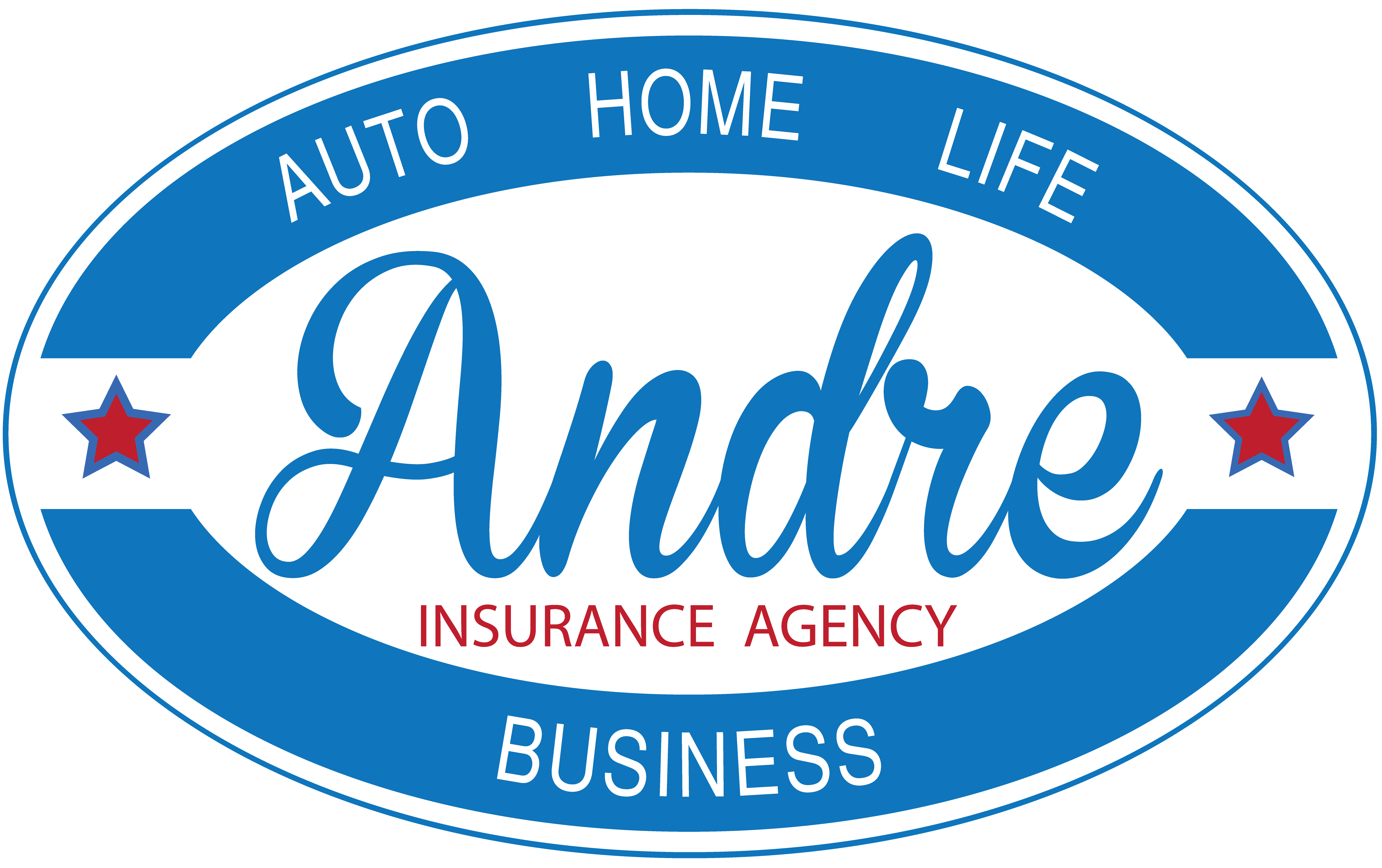It starts like a scary story, with a dark and stormy night. You’re headed home when suddenly you lose control of your vehicle and slide across one lane, two lanes or more before you end up on the shoulder. Though rain pelts your windshield, you feel as though you just drove on ice. In reality, you have just hydroplaned.
So what is hydroplaning? In short, hydroplaning – sometimes called aquaplaning – occurs when the tires of your vehicle lose contact with the road beneath them in wet or rainy conditions.
This most commonly occurs during heavy rain storms when water is pooling on the roads faster than it can drain. Vehicles traveling on wet roads at speeds too fast for the wet conditions can fall victim to hydroplaning.
Why does hydroplaning happen?
As you travel on a wet road, your car’s tire treads are responsible for clearing water away from the road in order to maintain traction. When your vehicle is moving faster than the tires can remove the water, pressure forces water beneath the tires. This prevents the tires from gaining traction. Once your tires lose their grip on the road, your car is vulnerable to hydroplaning.
Any wet road surface can present a hydroplaning danger, but the first 10 minutes after it rains are the most treacherous. During this time, rain mixes with the oil residue on the road, creating a slippery mixture that increases the risk of hydroplaning.
Hydroplaning doesn’t mean you can’t drive in wet conditions. It should, however, motivate you to recognize potential dangers and to act accordingly. Learn some simple steps you can take to prevent hydroplaning in the next post.
Read the full story from Erie Insurance: “What is Hydroplaning?“

